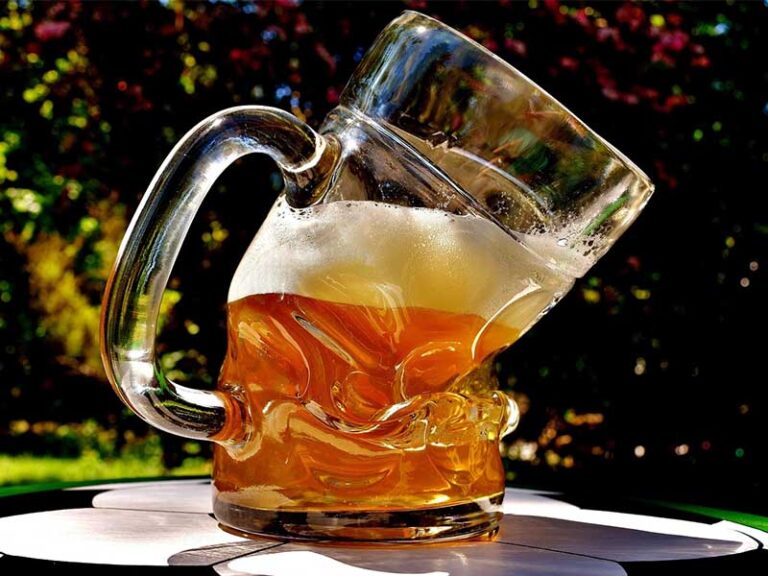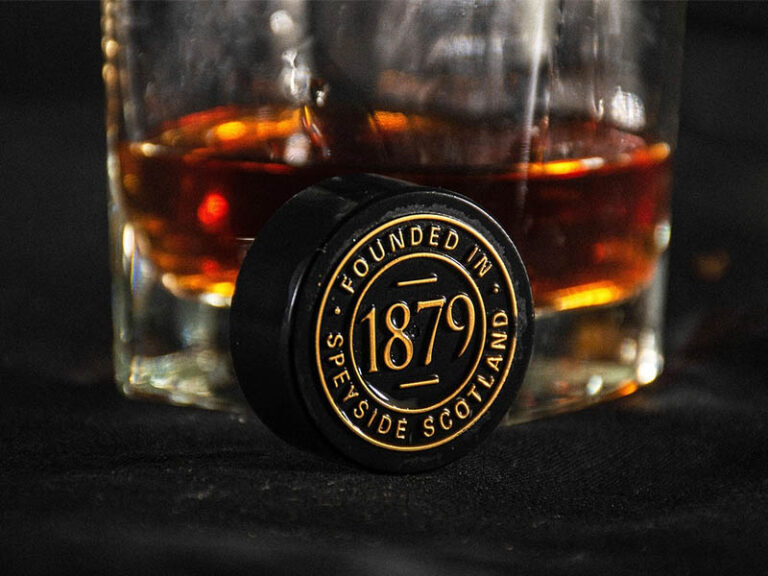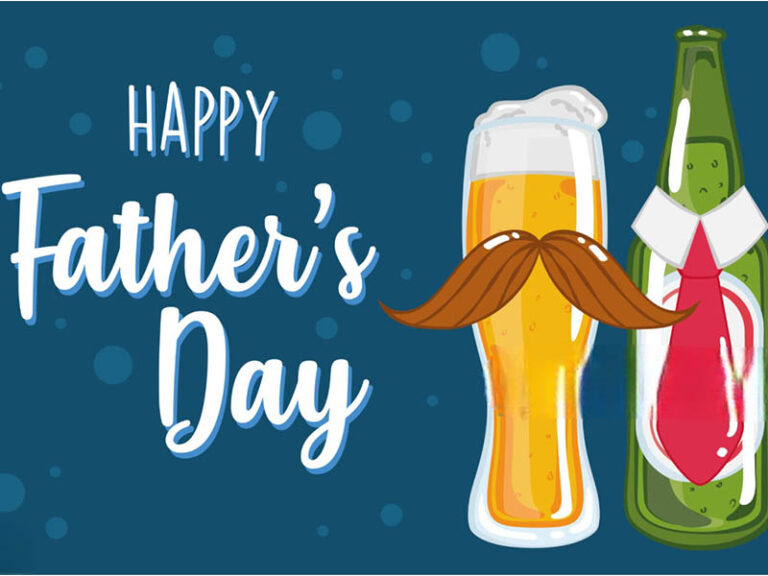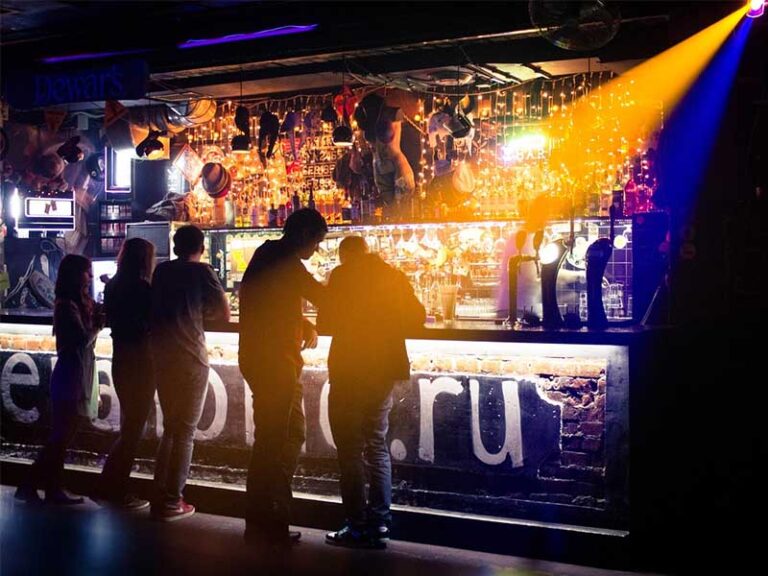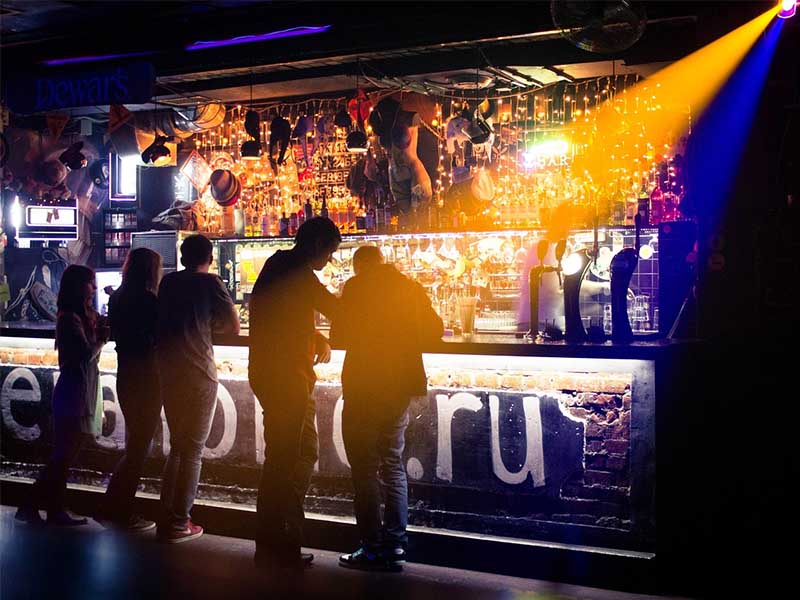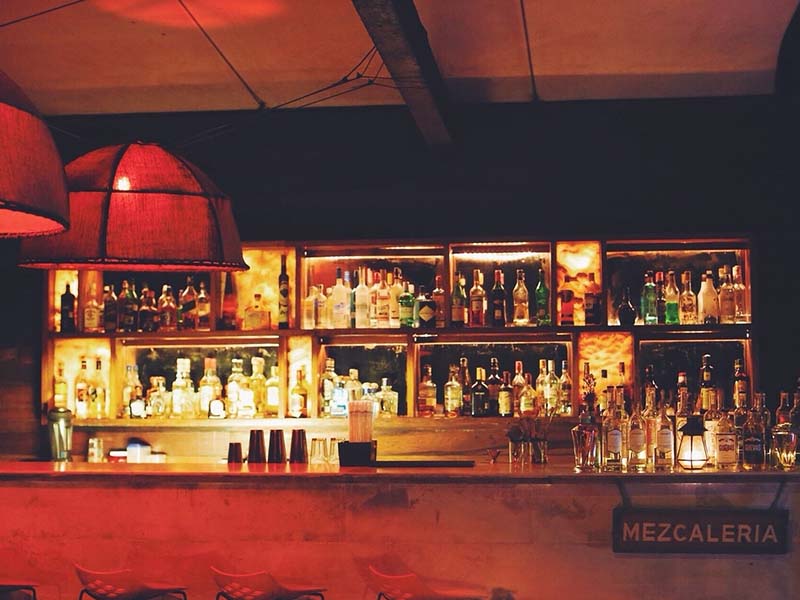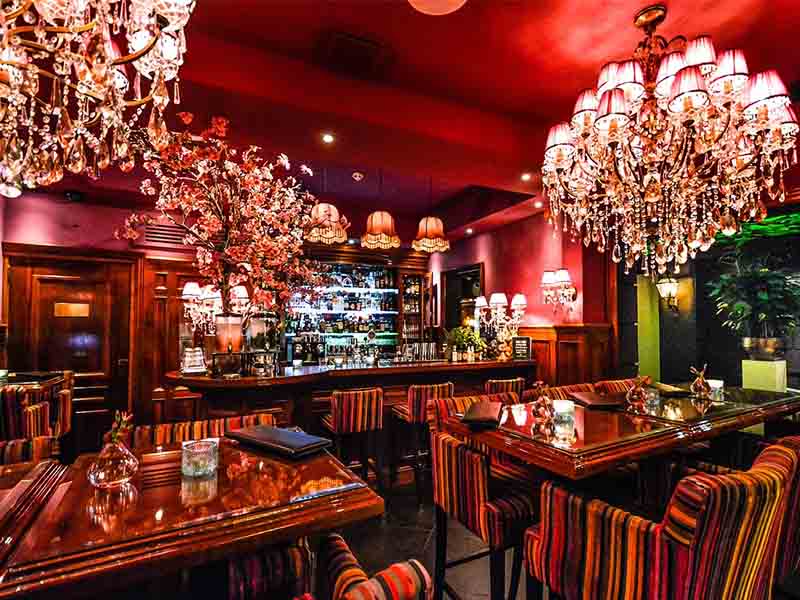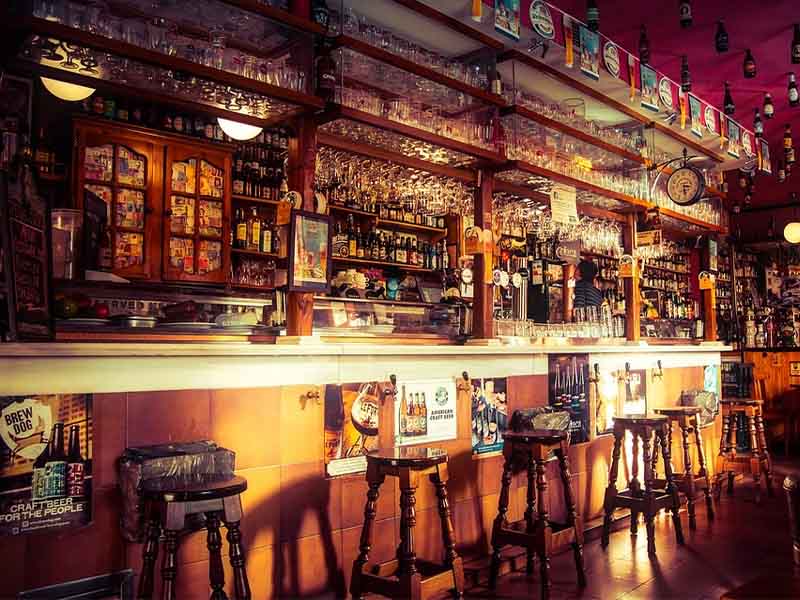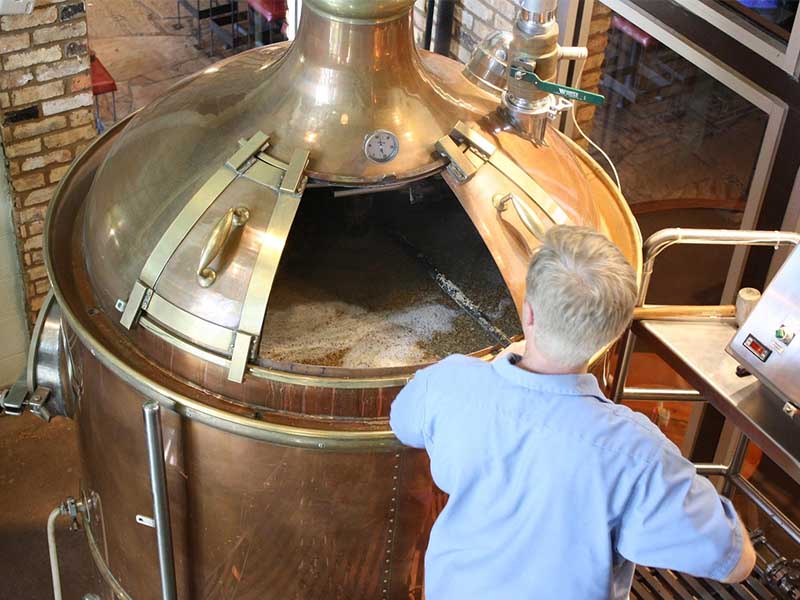
The Art and Science of Beer Aging: Why Older Is Often Better
For professional brewers and bar supply companies looking to elevate their craft beer offerings, understanding the aging process is essential. This comprehensive guide explores how time transforms beer, backed by scientific research and industry insights.
Table of Contents
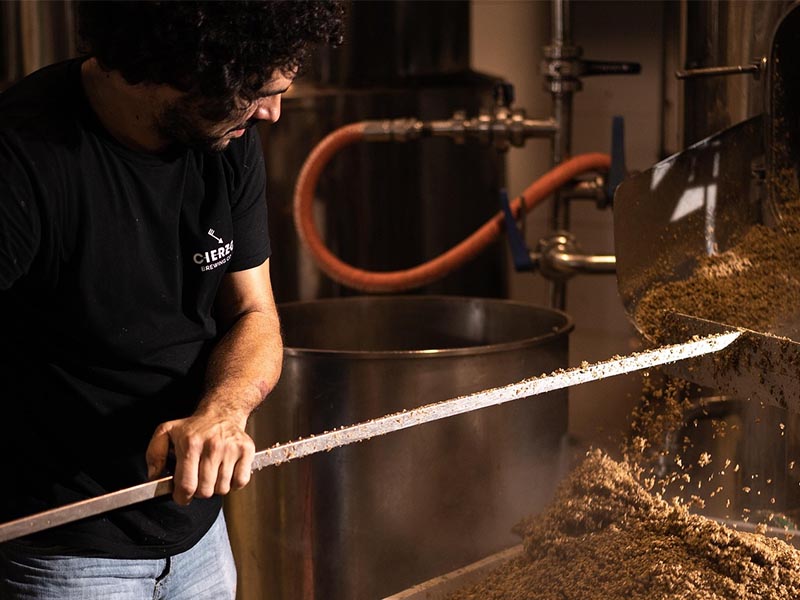
The Chemistry Behind Beer Aging
When beer ages, complex chemical reactions occur that fundamentally transform the beverage. Heat-treated beers show 23% higher flavor stability over 12 months compared to non-treated counterparts. This stability results from a careful balancing act between oxidation and esterification.
Key aging processes include:
- Oxidation of hop compounds
- Maillard reactions between sugars and proteins
- Esterification creating new flavor compounds
- Reduction in hop bitterness
- Development of sherry-like notes
What makes this transformation particularly valuable is the 31% increase in desirable esters that occurs during proper aging. These esters contribute fruity, complex notes that many consumers prefer in premium offerings.
Commercial Benefits of Aged Beer
The market has spoken clearly: properly aged beers command premium prices. Specialty beers like Old Stock Ale and Bourbon County Stout gain a significant 57% price premium when aged for 3-5 years . This represents a substantial opportunity for revenue enhancement with minimal additional production costs.
For bars and restaurants serving high-end clientele, maintaining a cellar program with properly aged beers creates differentiation in a crowded marketplace. Properly stored in a quality wine bucket or specialized aging vessel, these beers become conversation pieces that drive customer engagement and loyalty.
Optimal Aging Conditions
Scientific analysis has identified precise conditions that maximize desired flavor development while minimizing off-flavors:
| Storage Factor | Optimal Range | Effect on Beer |
|---|---|---|
| Temperature | 50-55°F (10-13°C) | Controlled maturation rate |
| Light Exposure | Minimal/None | Prevents skunking |
| Oxygen Contact | Extremely Low | Prevents excessive oxidation |
| Humidity | 50-70% | Maintains cap/cork integrity |
| Bottle Position | Upright | Minimizes surface area exposure |
Cluster analysis specifically identifies an optimal 18-24 month aging window for barleywines , allowing breweries to accelerate production cycles by approximately 33% while maintaining quality standards.
Beer Styles That Benefit Most From Aging
Not all beers benefit equally from extended aging. The most successful candidates share certain characteristics:
High aging potential:
- Imperial Stouts
- Barleywines
- Belgian Quads
- Old Ales
- Sour/Wild Fermented Beers
Low aging potential:
- IPAs
- Pilsners
- Wheat Beers
- Session Ales
- Most Lagers
For bars and breweries looking to implement aging programs, focusing efforts on high-potential styles maximizes return on investment. A custom ice bucket with appropriate temperature regulation can serve as both functional storage and distinctive presentation for these premium offerings.
Quality Control in Aged Beer Production
Quality control becomes especially crucial when developing aged beer programs. Microfiltration technology removes 89% of stale-flavor precursors pre-aging , substantially reducing product returns and customer dissatisfaction.
Implementing rigorous testing protocols at key intervals ensures consistency across batches:
- Pre-aging assessment of candidacy
- Mid-process sampling at 3, 6, and 12 months
- Final quality verification before release
- Ongoing stability monitoring in distribution channels
For bars serving aged beers, proper draft line maintenance becomes even more critical. Using high-quality bar tap handles with clear vintage indicators helps staff properly identify and serve these premium products.
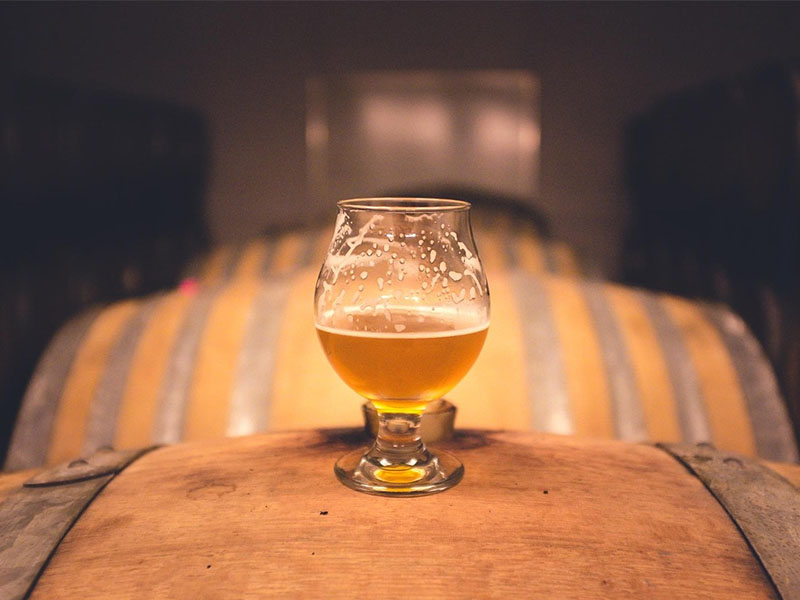
Consumer Education and Marketing
The increased value of aged beers is only realized when customers understand and appreciate the differences. Effective education programs might include:
- Vertical tastings of different vintages
- Staff training on aging effects
- Descriptive menu language
- Detailed tasting notes
- Special vintage release events
Creating memorable experiences around aged offerings encourages repeat business and word-of-mouth marketing. Strategic use of custom bar coasters with aging information or tasting notes reinforces the premium positioning.
Implementation for Different Business Models
For Breweries:
- Dedicate specific production batches to aging programs
- Create limited release calendars to build anticipation
- Implement proper barrel or bottle aging facilities
- Develop vintage-tracking systems
- Build relationships with collectors and enthusiasts
For Bars and Restaurants:
- Establish proper cellaring conditions
- Train staff on handling and serving aged beers
- Create specialized menus highlighting vintages
- Host vertical tasting events
- Build relationships with collectors for rare acquisitions
For Distributors:
- Develop climate-controlled storage capabilities
- Create specialized handling protocols
- Establish premium pricing tiers
- Partner with breweries on exclusive vintage releases
- Educate retail clients on proper storage and service
Case Studies in Successful Aging
The market success of aged beers is well-documented. Goose Island’s Bourbon County Stout pioneered the concept of vintage dating craft beer, and now commands prices exceeding $100 for rare vintages. Similarly, Sierra Nevada’s Bigfoot Barleywine attracts enthusiasts who collect and compare multiple years’ releases.
These success stories share common elements:
- Consistent base beer quality
- Appropriate styles for aging
- Proper storage conditions
- Effective consumer education
- Premium positioning and pricing
Technological Innovations in Beer Aging
Recent developments have enhanced our ability to produce consistently excellent aged beers:
- Advanced filtration systems removing stale-flavor precursors
- Precisely controlled temperature aging chambers
- Oxygen-scavenging packaging materials
- Non-invasive quality assessment tools
- Predictive modeling of aging trajectories
These technologies allow breweries to accelerate certain aspects of the aging process while maintaining quality control. For example, some producers now use precisely controlled temperature fluctuations to simulate seasonal changes that would naturally occur during traditional aging.
Conclusion
The evidence is clear: when properly executed, beer aging programs provide significant benefits to breweries, distributors, retailers, and consumers. The documented 57% price premium for vintage batches represents a compelling opportunity for increased revenue and brand differentiation.
By implementing rigorous quality control protocols, focusing on appropriate beer styles, and educating consumers effectively, businesses across the beverage industry can capitalize on the growing interest in aged beers. The scientific data demonstrating improvements in flavor complexity and stability provides a solid foundation for marketing claims.
For bars and restaurants looking to differentiate themselves in competitive markets, properly showcasing aged beers using quality custom logo bar mats and specialized service equipment sends a clear signal about commitment to exceptional beverage programs.
When it comes to beer, sometimes older truly is better—as both the scientific evidence and market response clearly demonstrate.

